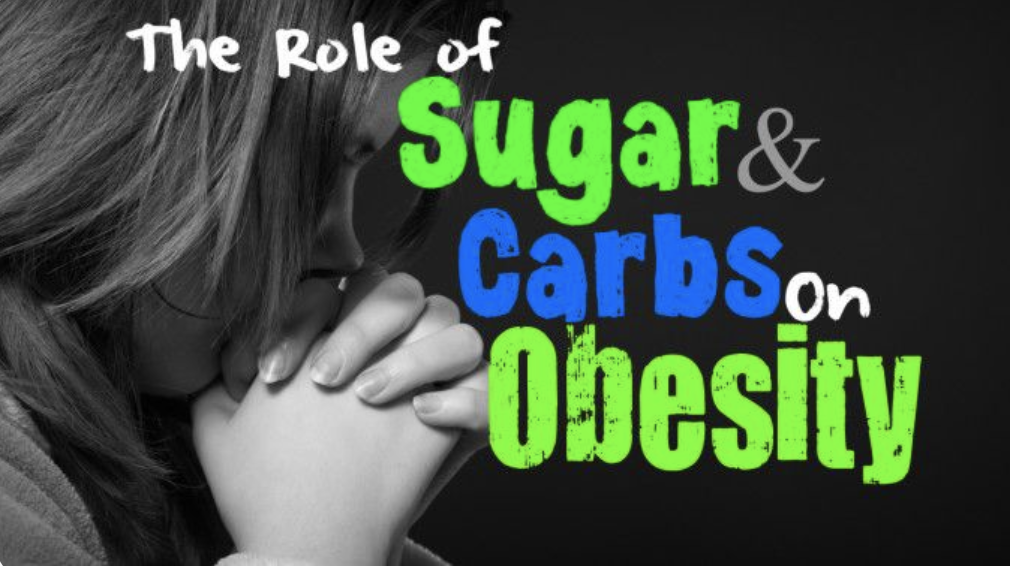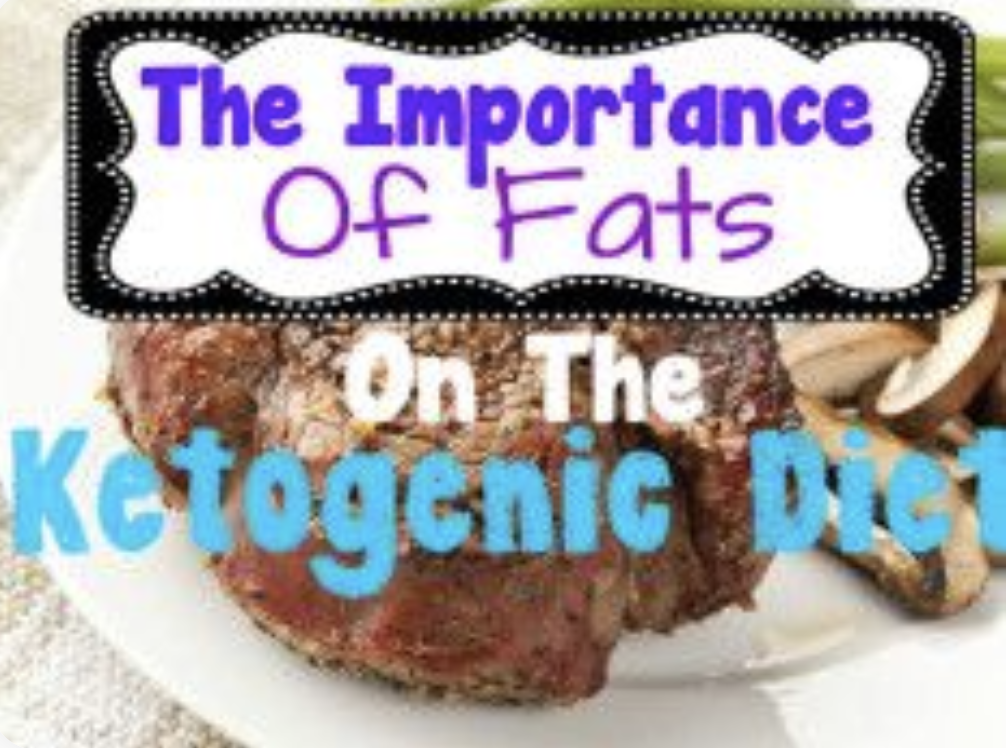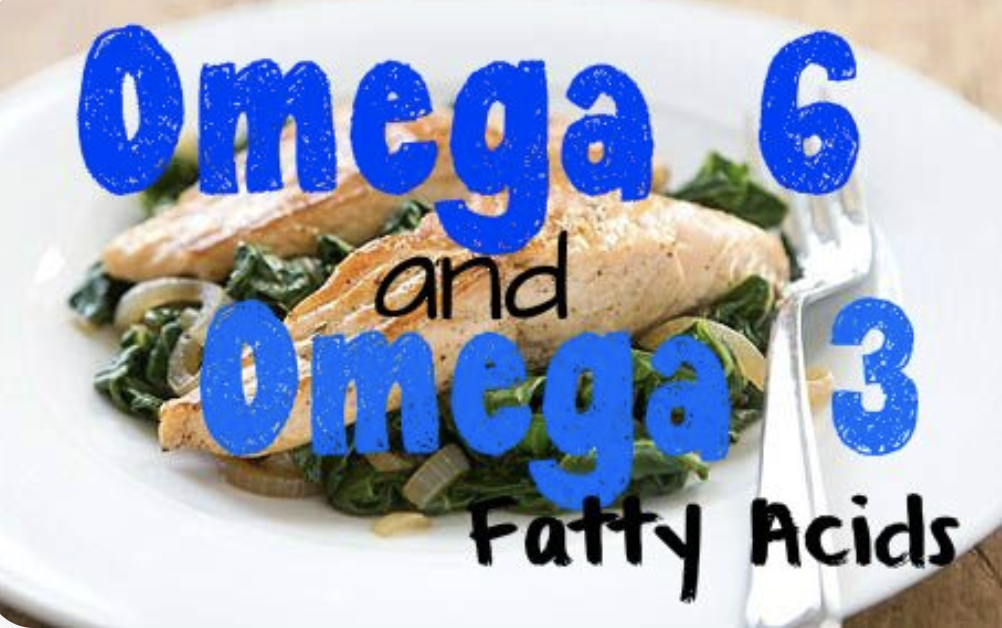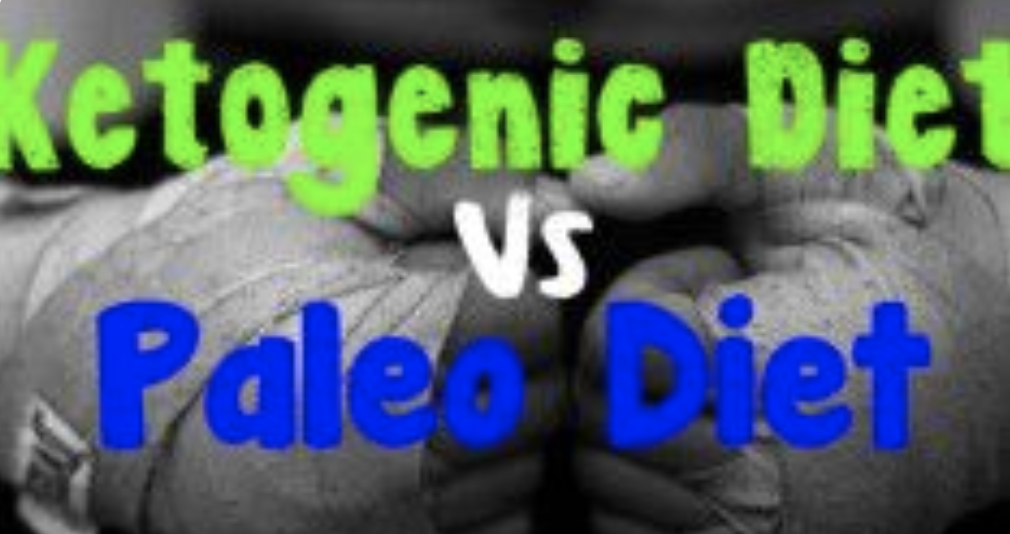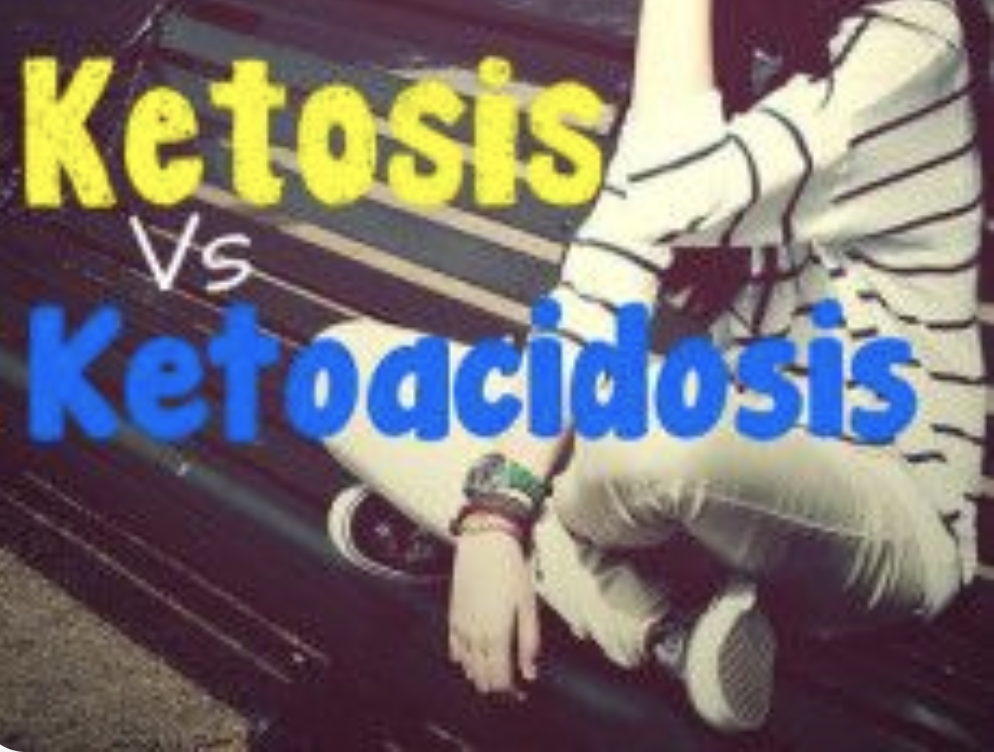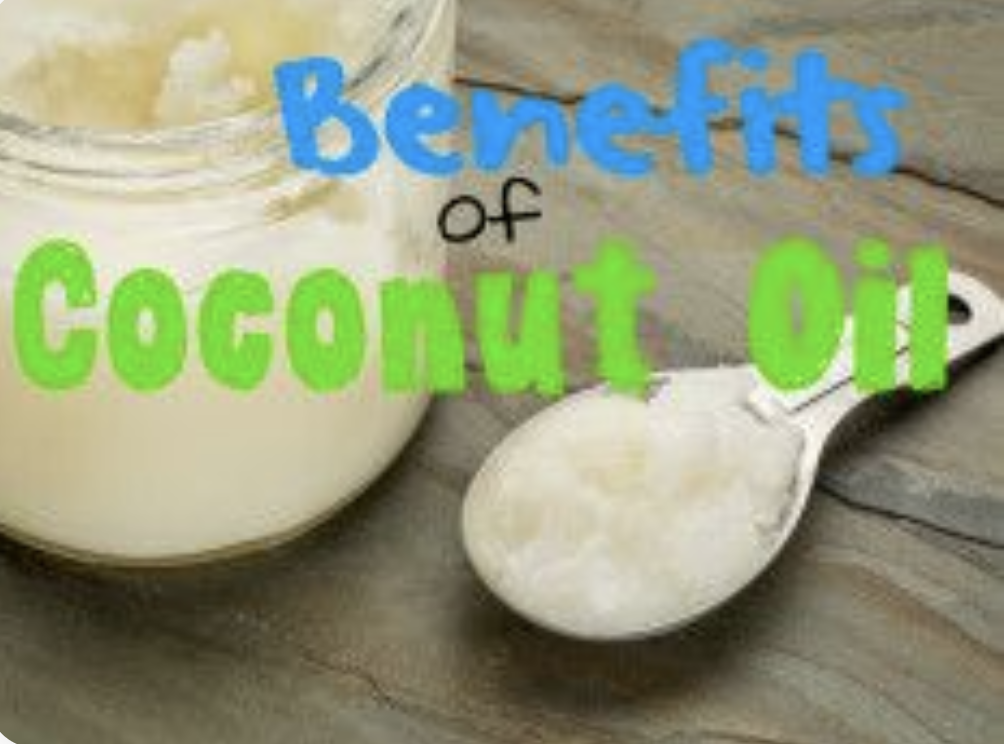What are Medium-Chain Triglycerides or MCTs
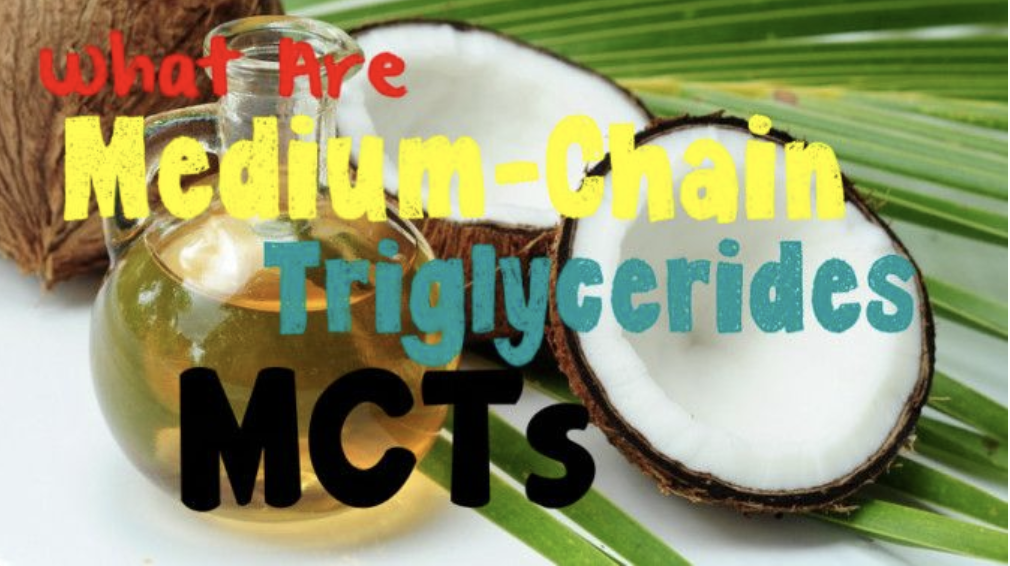
Medium-chain triglycerides (MCTs) are a key ingredient in an effective ketogenic diet. The ketogenic diet (keto) is arguably the healthiest way to eat on the planet. Those misunderstood and once shunned MCTs are what makes keto work.
Science made a lot of big mistakes back in the 1970s. One of the worst may have caused the tremendous increase in the obesity rates in America.
Nutrition science was in it’s infancy. The health and fitness boom was just beginning. At that time, a lot of well known scientists believed that saturated fat caused heart disease. With a few flawed studies to back it up, the theory was presented again and again.
The “low-fat” diet was encouraged by the food industry and mandated by politicians in a series of “low-fat” recommendations. By 1977, it went mainstream.
It was assumed that by removing saturated fats, including MCTs from the diet that it would lower the “bad” cholesterol in the blood. This was also supposed to dramatically decrease the incidence of heart disease.
For the next 30 years eggs, meat, and butter along with other healthy foods that didn’t fall into the “low-fat” guidelines were off the table. Processed foods with chemicals and a high content of refined sugar replaced them.
A myriad of studies have since proven that a low-fat diet is not healthy.
Obesity, heart disease and diabetes all increased dramatically. Reducing MCTs from the diet was not the only reason for these increases, but it was a big contributing factor.
What are the difference between MCTs and Other Fats?
MCTs are also known as medium-chain fatty acids (MCFAs). They are saturated fats comprised of medium-chain fatty acids. MCTs are very different from other types of saturated fats.
The difference between MCTs and other fats is in the basic chemical structure. Every kind of fatty acid is comprised of strings of carbons which are connected by hydrogen.
Fats are identified by the number of carbons. Short-chain fats have less than six carbons. Between 6-12 carbons are present in medium-chain fats. Long-chain fats have between 13–21 carbons.
MCTs are “good fats”. There easily break down in the body for use as energy. They are also very easy to absorb.
Paleo Leap describes the difference of fats by comparing fruit to a smoothie, they claim that “ long-chain fats are like a whole piece of fruit and MCTs are like a smoothie. If you eat the whole fruit, you have to put in a lot of effort chewing, but the smoothie you can just slurp right up almost without noticing.”
Basically, not all saturated fats are the same. MCTs are healthy “good fats”. In fact, MCTs speed up the fat burning process known as ketosis. The body doesn’t store them like it does LCTs. They are easy to digest and quickly converted to ketones in the liver.
Compared to LCTs (long-chain fats), MCTs are more quickly absorbed. It is easier for the body to break apart the carbon bonds in MCTs. They are much smaller and no special enzymes have to work overtime to break them up.
MCT’s by their very nature are fat burning. They do not get added to the stores of fat in the body. And during ketosis they actually burn that stored up fat.
Food Sources of MCTs
- Coconut oil contains 15% MCT
- Palm kernel oil contains 8% MCT
- Cheese contains 7.3% MCT
- Butter contains 6.8% MCT
- Whole Milk contains 7% MCT
- Whole Yogurt contains 6.6% MCT
MCTs can also be found in grass-fed beef.
Note that “fat-free” or “low fat” milk and yogurt have the MCT’s removed. Since “low fat” products have most of the MCT content taken out they do not have the same health benefits.
Coconut oil is one of the best sources of MCTs. As much as 65% of the oil contained in a coconut is MCT based.
MCTs are the best source of essential “good fats”.
The Ketogenic Diet is Optimal for Health
The ketogenic diet was first developed a century ago. It was primarily used as a nutrition plan to cure and/or control epilepsy.
Ketogenic dieting enables the body to burn fat and ketones for fuel. Keto dieters consume high fat (mostly MCTs), and low carbohydrates.
This is the perfect way to produce the ketosis state.
A keto diet encourages your body to burn fat at an elevated rate. This process also produces ketones in the liver. As the body begins to burn both ketones and fat, a state of ketosis results.
Ketosis should not be confused with diabetic keto-acidosis which is a life-threatening condition for people who have type 1 diabetes.
Proponents of a keto diet believe that during ketosis it is easier to lose weight. They also point out the many additional health benefits of ketosis.
The benefits of a ketogenic diet include aid for a myriad of neurological problems, as well as reducing the risk of type 2 diabetes, cancer, high cholesterol, cancer, epilepsy, Alzheimer’s and Parkinson’s Disease.
MCTs are also good for the heart and obesity prevention.They help you lose weight by restoring the metabolism for optimal functioning. And if you’re on a keto diet trying to stay in ketosis, MCTs are the key.
MCTs Health Benefits:
- Help with weight loss
- Reduce body fat by maintaining metabolic function
- Increases Energy
- Boosts Brain Function
- Aids digestion
- Balances hormone levels
- Improves Mood
- Fights infection and viruses from bacteria
- Absorbs more fat-soluble nutrients from whole foods
- Antioxidant (Anti-inflammatory)
In the last 15 years a variety of studies have revealed the healthy benefits of MCTs. In every case consuming MCTs in your diet reduces body fat and boosts energy levels.
The European Journal of Clinical Nutrition did a comparative study from a clinical trial of MCTs and LCTs they found the difference was dramatic. The group that consumed 10 grams of MCTs with their meals showed an increase in metabolism. The LCT group did not have positive results.
The Obesity Research Journal also published a similar study with similar results. MCTs were once again proven to increase fat burning and decrease body fat.
MCTs are ketogenic friendly “good fats”. By themselves they have many healthy benefits. But when combined with a keto diet MCTs are a “secret weapon”
